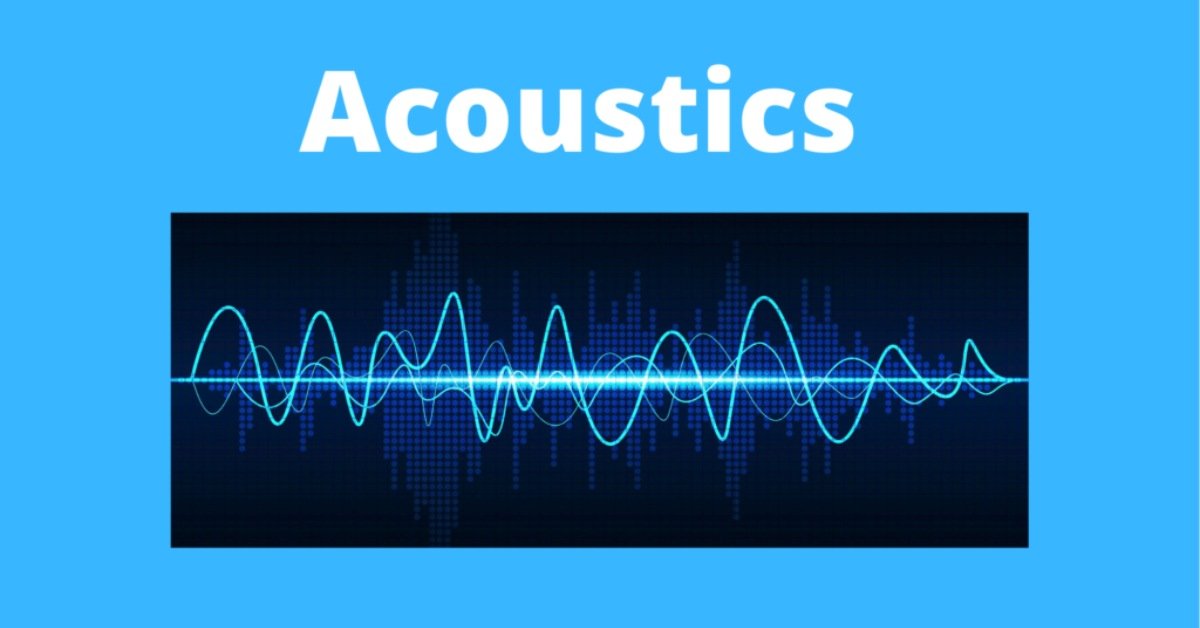In the field of acoustic science, a specialized lexicon is employed by professionals including architects, engineers, builders, and acoustical consultants to elucidate the intricate aspects of sound, its propagation, and its impact. This glossary is instrumental in comprehending various acoustic products and their capacity to influence sound environments. The following terminology elucidates key concepts:
1. **Acoustic:** The scientific study of sound, encompassing its generation, transmission, and effects. The acoustic environment can either be enriched with desirable sounds or tainted by unwanted noises.
2. **Sound:** Any physical disturbance denoting a pressure variation that can be perceived by a typical human ear.
3. **Noise:** An intrusive, vexatious, or distracting sound.
4. **Decibel (dB):** A logarithmic unit of measurement used to quantify sound pressure levels or sound power.
5. **Frequency:** The number of complete cycles per second, measured in Hertz (Hz). For instance, a frequency of 1000 Hz corresponds to 1000 cycles per second.
6. **Flanking:** The transmission of sound around obstacles or barriers through materials such as walls, ceilings, and floors.
7. **Diffraction:** The bending or scattering of sound waves around an obstacle or obstruction.
8. **Noise Reduction Coefficient (NRC):** A metric that characterizes the sound-absorbing properties of a material, calculated as the arithmetic average of sound absorption coefficients at specific octave bands centered at frequencies of 250, 500, 1000, and 2000 Hz.
9. **Octave Band:** A range of frequencies where the upper limit is twice the lower limit.
10. **Reverberation Time:** The duration for which sound persists in an enclosed space after the sound source ceases, determined by the time it takes for the reflected sound energy to diminish to one-millionth of its original value. Reverberation time is an inherent acoustic property influenced by dimensions and surface absorption.
11. **Sabin:** A unit of measurement for sound absorption.
12. **Sound Reflection:** The redirection of sound waves, which can enhance speech and music clarity or intensify noise levels. Undesirable echoes can result from multiple sound reflections, impeding clear communication.
13. **Sound Absorption:** The capacity of materials, including air, to convert sound energy into thermal energy. When sound waves strike a surface, a portion of their energy is not reflected but rather absorbed, represented by the sound absorption coefficient.
14. **Sound Absorption Coefficient:** This coefficient quantifies a material’s sound absorption ability before and after installation in a room with reverberation. It is calculated by measuring the rate of sound decay in a reverberant environment and dividing the increased absorption by the total test material area.
15. **Sound Attenuation:** The reduction in sound intensity as it propagates from the source to a receiver.
16. **Sound Transmission:** The conveyance of sound from one location to another through a medium, typically via vibrations in the air or solids. Unwanted noise within an enclosure may result from sound transmission originating from external sources.
17. **Ceiling Attenuation Class (CAC):** A metric representing the difference in noise levels (noise reduction) measured in decibels between a source room and an adjacent space, assuming sound travels through a common plenum.
18. **Sound Transmission Loss:** The reduction in sound pressure level, measured in decibels, when sound traverses a material.
19. **Impact Insulation Class (IIC):** A rating system evaluating a material’s effectiveness in reducing sound generated by footfalls.
20. **Insertion Loss:** The reduction in sound pressure level, measured in decibels, following the placement of a barrier, enclosure, or treatment between the sound source and the receiving point.
21. **Sabines Absorption:** The quantification of sound absorption provided by a product or system, expressed as the product of the sound absorption coefficient and the surface area it covers.”
This revised version maintains the technical precision of the original definitions while enhancing their professionalism and readability.

